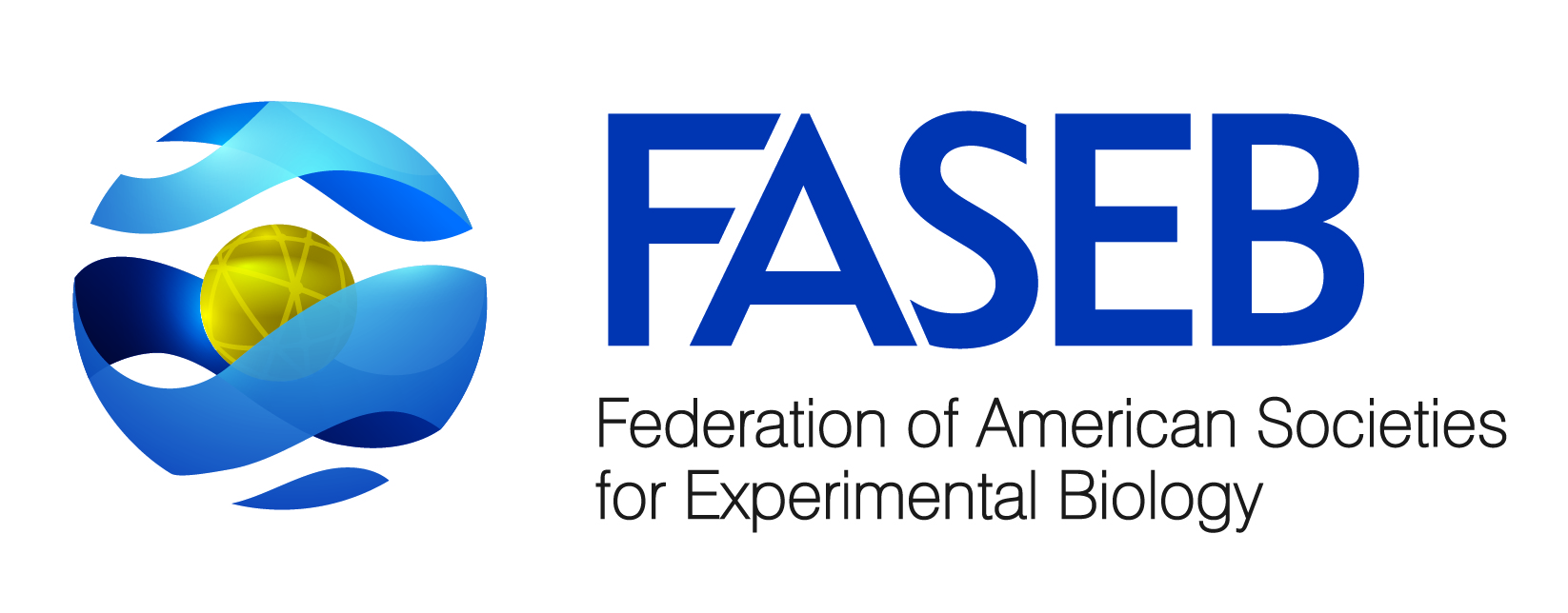Contact: Howard Garrison
Phone: 301-571-0657
Scientists Release Comprehensive Analysis of Federally-Funded Biomedical
Research Programs
Bethesda, MD -- Today, the Federation of American Societies for Experimental Biology (FASEB), a coalition representing 52,000 scientists, released its comprehensive analysis of federally-funded biomedical research programs and their funding. The report finds that "the dramatic discoveries of the last two decades have given researchers new tools and insights into the mechanisms of animal and plant life and have created exciting new opportunities for progress in our quest for improved health, agriculture, and environmental quality."
FASB President Ralph G. Yount declared: "This report is the result of an impressive consensus-building process lead by active biomedical researchers who volunteered their time. It reviews federally-funded biomedical research programs comprehensively, and it lays out a plan for capitalizing on yesterday's biomedical advances while laying the groundwork for tomorrow's breakthroughs."
The report grew out of a three day conference, at which working scientists representing each of FASEB's 14 Member Societies listened to remarks from NIH Director Harold E. Varmus and NSF Director Neal Lane, as well as from the Presidents of the Chemistry, Physics, and Mathematics societies. The invitations to leaders from other scientific disciplines were motivated by a recognition of the wide range of fields contributing to progress in medical research and by the desire of FASEB leaders to work closely with other groups to advance scientific progress.
The bulk of the conference's actual work took place in committees examining six federal agencies funding basic biomedical or life sciences research (NIH, NSF, USDA, DOE, VA, and NASA). The entire conference then reviewed each committee's findings.
Each of the report's six chapters explains the mission of that agency's research program, addresses policies which help or hinder the research effort, highlights recent research achievements, assesses research opportunities, and makes recommendations regarding future directions and funding. Reflecting the findings of its comprehensive review, the report concludes that "the U.S. government plays a unique and irreplaceable role in biomedical research," and "the time is right for substantial increases in our national investment in basic research in biomedical and related life sciences."
Biomedical and Related Life Sciences Research Budget Summary and FASEB Recommendations Fiscal Years 1998-1999 (Dollars in Millions)
Institution
FY 1998; FY 1999 FASEB recommendation; Total$; $Increase; %inc.
National Institutes of Health
$13,647.8; $15,694.9; $2,047.1; 15.0%
National Science Foundation
$3,429.0; $3,771.9; $342.9; 10.0%
Department of Agriculture (USDA)
- National Research Initiative Competitive Grants Program
$97.4; $130.0; $32.6; 33.5%
- National Needs Initiative
$3.0; $4.0; $1.0; 33.3%
Department of Energy (DOE)
- BES Synchrotron
$171.0; $209.0; $38.0; 22.2%
- BES Energy Biosciences Division
$27.0; $28.9; $1.94; 7.2%
- Biol. & Environ. Research (BER)
$406.7; $436.0; $29.3; 7.2%
- BER Opportunities
n/a; $29.0; $29.0; n/a
Department of Veterans Affairs (VA)
$272.0; $300.0; $28.0; 10.3%
National Aeronautics and Space Administration (NASA) Life Sciences Division,
Research & Analysis
$50.0; $100.0; $50.0; 100.0%
Yount added "Research conducted over the last two decades has put us on the threshold of great advances in health, agriculture, and environmental quality. With the country at peace and the economy prospering, we are well positioned to take advantage of these opportunities to improve human health and well-being. Basic research drives this progress. We welcome the research initiative outlined by the President in his State of the Union message, as well as the strong bipartisan support that biomedical research enjoys in Congress. Biomedical research makes it possible for Americans to live longer and better. It is something we can all agree on."
# # #
FASEB Society members are committed to performing fundamental research and education in their disciplines. The fourteen societies are as follows:
Regular Members:
American Physiological Society
American Society for Biochemistry and Molecular Biology
American Society for Pharmacology and Experimental Therapeutics
American Society of Investigative Pathology
American Society of Nutritional Sciences
The American Association of Immunologists
The American Society for Cell Biology
Biophysical Society
American Association of Anatomists
The Protein Society
American Society for Bone and Mineral Research
Associate Members:
Society for Developmental Biology
American Peptide Society
Association of Biomolecular Resource Facilities
Ralph G. Yount -- In addition to serving as FASEB President of the Federation, Yount is a Professor of Biochemistry and Chemistry in the Department of Biochemistry and Biophysics at Washington State University.
